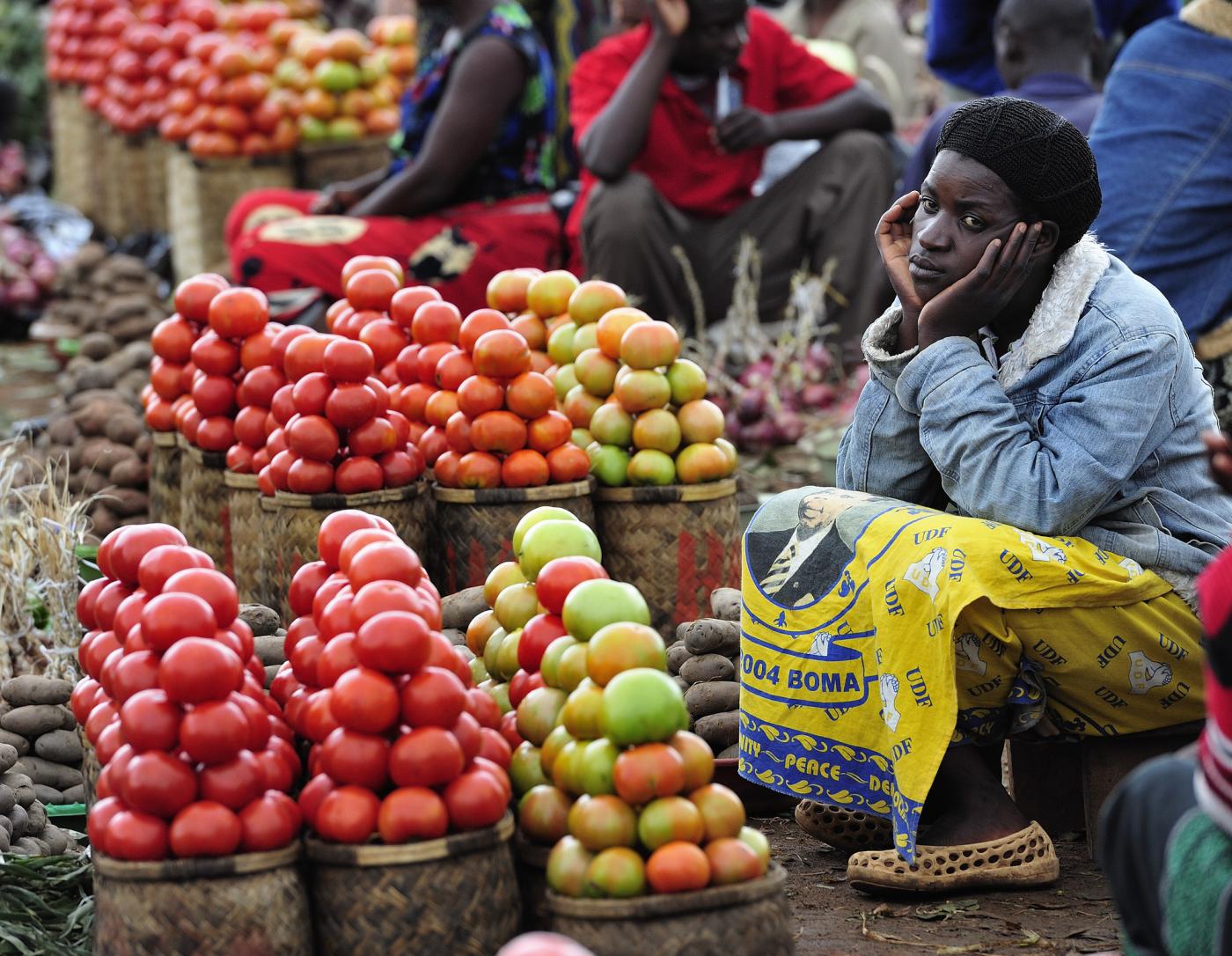Mozambique’s Business Confidence Slumps For Fifth Quarter
Mozambique’s confidence index drops to 89.8 as MZN=X steadies near 63.5 and CL=F holds low-80s; the 2031 eurobond near 11.1% signals stabilization, but high lending spreads and micro-frictions still suppress capex and credit formation.

Mozambique’s business confidence fell for a fifth consecutive quarter, confirming that private-sector sentiment remains weak despite disinflation and a clear monetary easing cycle. The national index compiled by the statistics office declined to 89.8 in Q3 2025 from 90.3 in Q2, its lowest since early 2021. Real GDP growth is projected at 2.5% in 2025, pointing to a slow expansion compared with post-pandemic repair.
Headline inflation printed 4.93% year on year in September, up slightly from 4.79% in August but consistent with a contained price path. The Banco de Moçambique cut the MIMO policy rate to 9.75% on 29 September, yet real borrowing costs remain high and investment appetite restrained across manufacturing, trade, and services.
Transmission is the problem, not the stance. Bank lending rates remain above 20% as balance-sheet risk, collateral standards, and provisioning keep spreads well above the policy rate. The metical (MZN=X) has traded around 63–64 per USD through mid-October, reducing imported inflation volatility and supporting disinflation.
That currency stability has not lifted credit formation because structural frictions—intermittent power supply, elevated logistics costs on the north–south corridor, and slow administrative timelines—raise the hurdle rate for new projects. The result is a persistent wedge between firms’ cost of capital and expected returns that monetary easing alone cannot close.
Growth composition amplifies the drag. LNG and coal anchor export receipts but employ a small share of the workforce, limiting spillovers to household income and domestic demand. LNG timelines have lengthened, tempering expectations for a near-term output surge. Non-extractive sectors face thin margins and long cash-conversion cycles, particularly where imported intermediate goods dominate inputs.
With inflation below 5% and a single-digit policy rate, a typical mid-cycle upswing would be underway. The absence of one indicates institutional constraints—contract enforcement, licensing predictability, VAT refund discipline—rather than a purely cyclical slowdown.
Fiscal settings are constructive but narrowly calibrated. Consolidation under an IMF-supported program has lowered the overall deficit from 5.1% of GDP in 2023 to an estimated 4.2% in 2025, improving policy credibility while trimming public-sector impulse. Execution gaps persist: infrastructure disbursements remain roughly 30% below budget, muting multipliers from donor and multilateral financing.
External buffers are adequate at a bit over five months of import cover, but not abundant, leaving the policy mix sensitive to commodity prices. Brent (CL=F) in the low-80s supports hydrocarbons revenue; a sustained drop would tighten FX liquidity, challenge the disinflation path, and test the metical’s stability.
Market pricing recognizes macro stabilization but discounts execution risk. The Mozambique 5% 2031 eurobond yielded about 11.1% on 3 October 2025, down from mid-year highs near 13%, compressing sovereign risk premia without signaling a full re-rating. The metical’s steadiness has reduced tail risk; equity exposure remains concentrated in a handful of financials and consumer names with scale advantages, reflecting limited domestic market depth. The system’s constraint is the credit channel: banks’ loan-to-deposit ratios and tenors remain conservative, and the spread between lending rates and the policy rate continues to deter capex and inventory rebuilding.
The economic signal from five straight quarterly declines in confidence is unambiguous: macro stabilization has yet to translate into productive dynamism. A measurable recovery requires micro-reforms that compress the risk premium embedded in working capital—time-bound licensing and permitting, reliable VAT refund service levels, targeted power-reliability upgrades, and enforcement clarity that reduces non-price uncertainty.
Over the next 12–18 months, confirmation would be visible in four indicators: the business confidence index rising for at least two consecutive quarters; private-sector credit growth exceeding 12% year on year with longer average tenors; non-extractive real GDP growth moving above 3%; and the 2031 eurobond yield sustaining near 11% or lower alongside a stable MZN=X around 63–64.
If these conditions hold while CL=F remains in the low-80s and inflation near 5%, Mozambique can pivot from cyclical stabilization to an investment-led expansion. Failure to deliver on execution would entrench a low-growth equilibrium in which disinflation coexists with stagnant private output.




